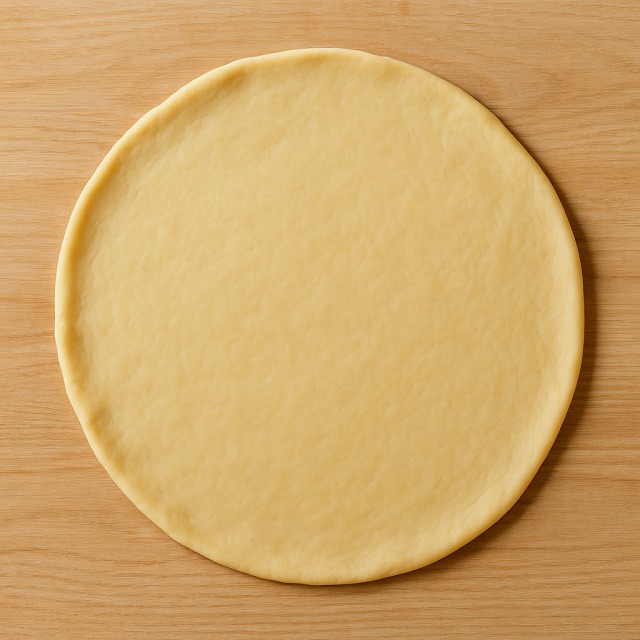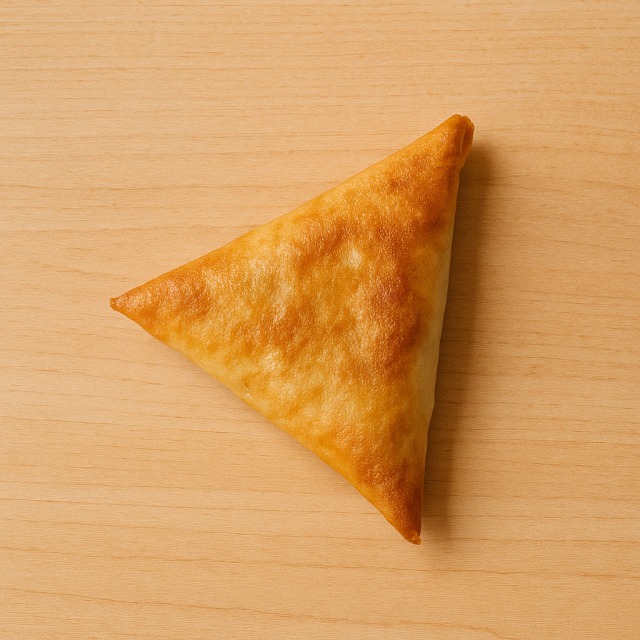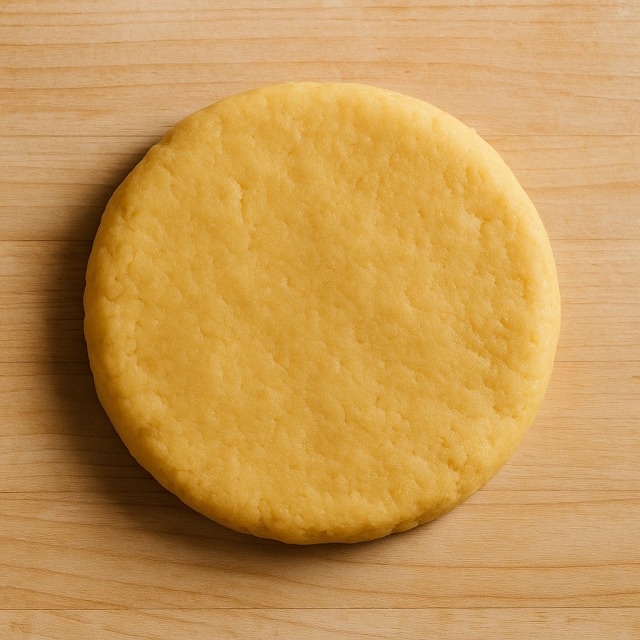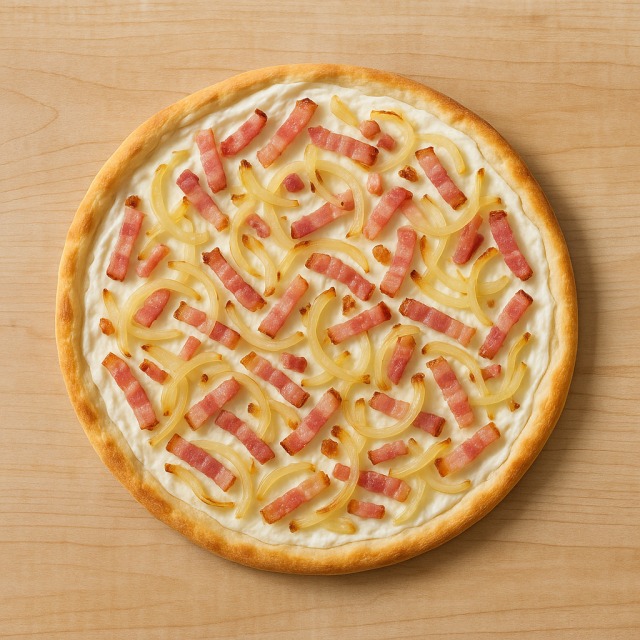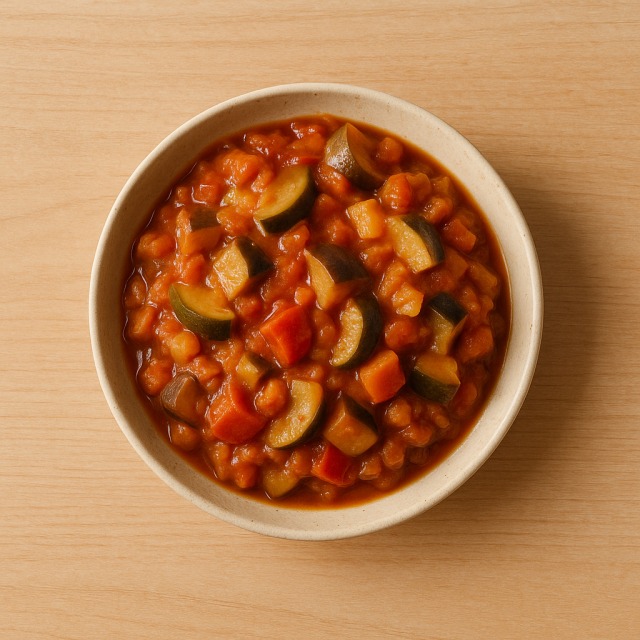Calorie Chart / Recipes / Pastry - Puff
How Many Calories Are in Puff pastry?
Calculation of the nutritional value & Recommended Dietary Intake of puff pastry
For g and a calorie requirement of kcal
| Calories 943 kcal | Proteins 11 g | Lipids 64 g | Carbohydrates 81 g |
| 47% | 15% | 96% | 29% |
Health benefits of puff pastry
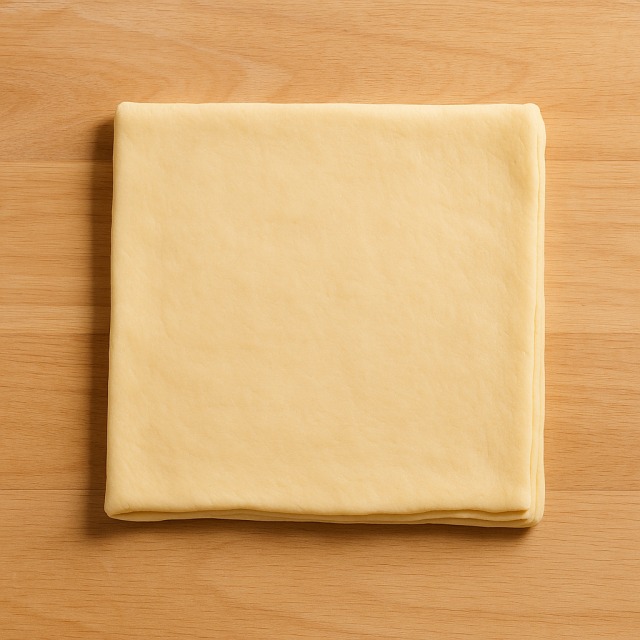
Puff pastry - 100g
Calories 410 kcal
Proteins 4.6 g
Lipids 28 g
Carbohydrates 35 g
With about 410 calories per 100 g, puff pastry clearly belongs to the high-calorie family. Those calories come mainly from butter layers that supply quickly available energy, making puff pastry useful when you need a concentrated source of fuel before a long hike or an intense training session.
Beyond calories, puff pastry delivers small but interesting amounts of vitamin A and vitamin E coming from the butter, plus B-group vitamins (B1 and B3) provided by wheat flour. Iron and selenium are the most notable minerals: iron supports oxygen transport, while selenium participates in antioxidant defenses.
Because the dough is repeatedly folded and rolled, air pockets trap steam and create the famous flaky texture—a technique already described in 17th-century French cookbooks. While light in weight, each golden layer still brings calories, which explains why even a small portion feels indulgent.
Finally, some chefs claim (supposed benefit) that the slow release of the fat in puff pastry may improve satiety, helping you avoid excess calories later in the day—provided the portion itself stays moderate.
Tips for incorporating puff pastry into a balanced diet
The smartest way to enjoy puff pastry without letting calories spiral is to keep portions modest and to add low-calorie, nutrient-dense fillings. A homemade vegetable tart loaded with zucchini, tomato, and spinach turns a calorie-rich crust into a balanced meal. Serve it with a fresh green salad to dilute the calories of the pastry.
For an appetizer, cut the dough into mini-squares, top with thin slices of salmon and a dab of light crème fraîche. You still get the pleasure of puff pastry, but with far fewer total calories than a full slice.
Classic recipes such as vol-au-vent, apple turnover, or Quiche Lorraine can all be lightened: replace part of the butter with light butter, add extra vegetables, and watch the baking time so the dough does not absorb unnecessary fat. These tweaks lower calories while preserving the famous flaky crunch.
If you are counting calories strictly, weigh the raw dough first: every 25 g slice already carries about 100 calories. Balance the rest of the plate with lean protein—think chicken breast or cod—and plenty of steamed vegetables to keep overall calories in check.
Frequently Asked Questions
- How many calories are in puff pastry?
- Puff pastry provides 410 kcal per 100 g.
- Is puff pastry higher in calories than shortcrust pastry?
- Yes, the multiple butter layers make puff pastry significantly richer in calories than shortcrust pastry, which generally ranges around 350 kcal per 100 g.
- Does baking time influence the calories in puff pastry?
- The raw ingredients determine most calories, but under-baking can leave more butter inside the dough; well-baked layers allow some fat to drain, shaving off a few calories.
- Are homemade and store-bought puff pastries equal in calories?
- Homemade versions often use real butter and average the same 400-420 calories per 100 g. Some industrial sheets use vegetable shortenings, which may alter fat quality but keep calories comparable.
- How can I cut calories when cooking with puff pastry?
- Use thinner portions, fill with low-calorie ingredients like broccoli or pumpkin, and serve with a side of salad instead of fries to decrease total meal calories.
- Is puff pastry suitable for a high-protein, lower-calorie diet?
- With only 4.6 g of protein against 410 calories, puff pastry is not ideal as a primary protein source. Combine it with protein-rich foods such as tofu or egg to balance calories and proteins.
Similar foods
Information provided by Calorie Menu may contain inaccuracies or errors. It cannot, under any circumstances, substitute medical advice or medication.
